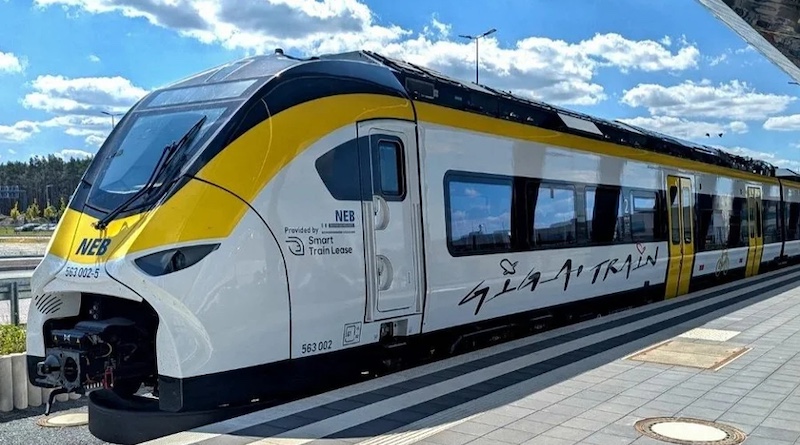A new report by Transport & Environment (T&E) highlights significant disparities in the European Union’s funding allocation for rail infrastructure. Between 2021 and 2023, just seven megaprojects received an overwhelming 31% of the EU’s primary transport funding through the Connecting Europe Facility (CEF). In stark contrast, 84 essential upgrades garnered only 27% of these funds, raising concerns about the effectiveness of current investment strategies.
The report reveals that a total of €6.6 billion was dedicated to seven major projects, including Rail Baltica, the Brenner Base Tunnel, and the Lyon Turin Tunnel. While these undertakings are crucial for establishing a cohesive rail network across Europe, T&E argues that an overemphasis on large-scale projects can hinder progress in vital areas.
In recent funding calls, the demand for CEF resources was three times greater than the available budget. This escalating trend is particularly alarming for the implementation of the European Rail Traffic Management System (ERTMS), which is essential for enhancing cross-border connectivity and increasing capacity on existing lines. Between 2021 and 2023, ERTMS received only €0.7 billion, or 3% of the total CEF transport envelope for that period.
The report underscores the urgency of redirecting focus towards smaller, yet impactful, rail projects. By doing so, the EU could significantly enhance rail connectivity for millions of Europeans. According to T&E, prioritizing short and medium-term improvements is the most effective strategy for increasing train usage across the continent.
Carlos Rico, rail policy officer at T&E, stated, “Megaprojects have helped give rail the boost it needs, but they’re draining resources from other vital parts of the network.” He emphasized the necessity for the EU to rebalance its funding approach, ensuring that the CEF adequately supports upgrades along the TEN-T corridors, particularly the accelerated rollout of ERTMS.
Looking ahead to 2024, funding is projected to achieve a more favorable balance between megaprojects and ERTMS initiatives. This shift could serve as a model for future CEF allocations. As discussions regarding the next multiannual EU budget progress, T&E estimates that a 25% increase in the CEF rail budget could potentially double the funding available for crucial upgrades.
This renewed focus on military mobility also presents an opportunity to strengthen passenger rail services while addressing external security concerns. Notably, ERTMS did not receive any support under the military mobility budget, indicating a missed opportunity to enhance Europe’s rail infrastructure resilience.
Rico concluded, “Boosting rail is vital for Europe’s economy and defence, but funding must match infrastructure goals. The EU budget, high-speed rail plan, and the Military Mobility strategy should prioritize key upgrades and dual-use projects.”
As the EU navigates the complexities of funding allocations, the balance between megaprojects and essential upgrades will remain a critical factor in shaping the future of Europe’s rail network.
